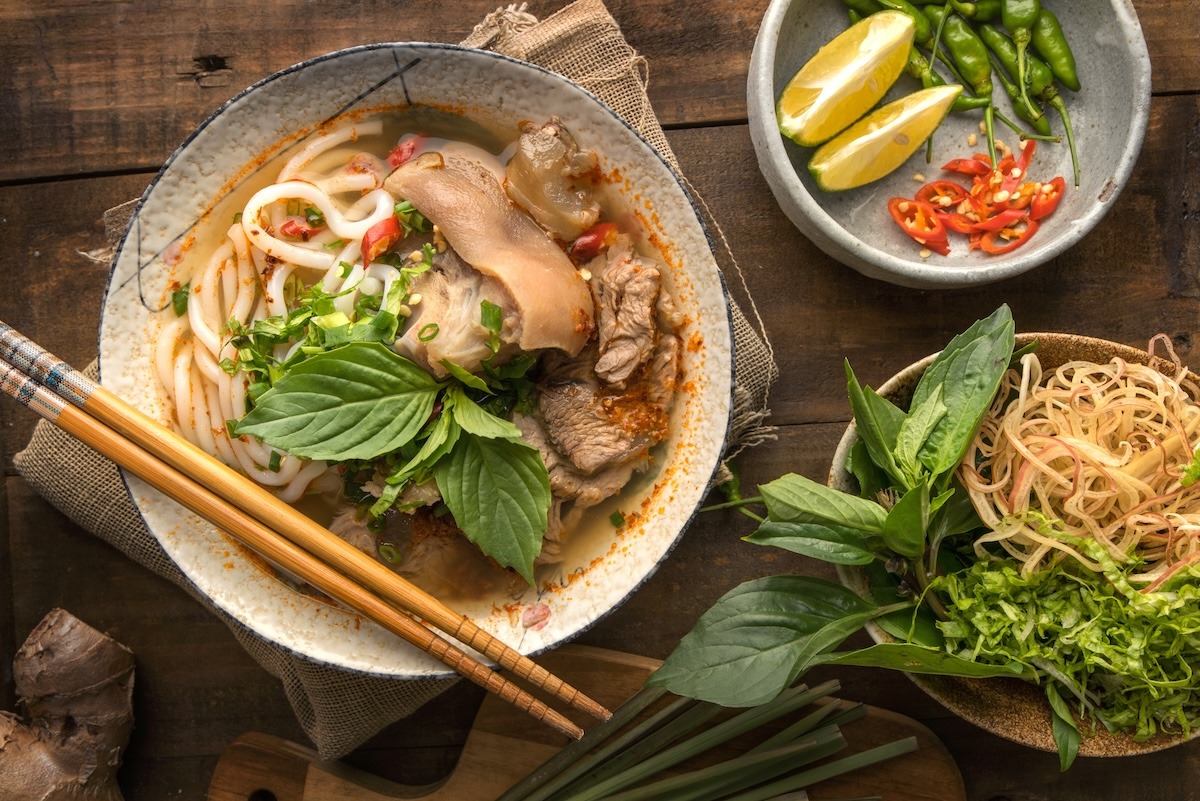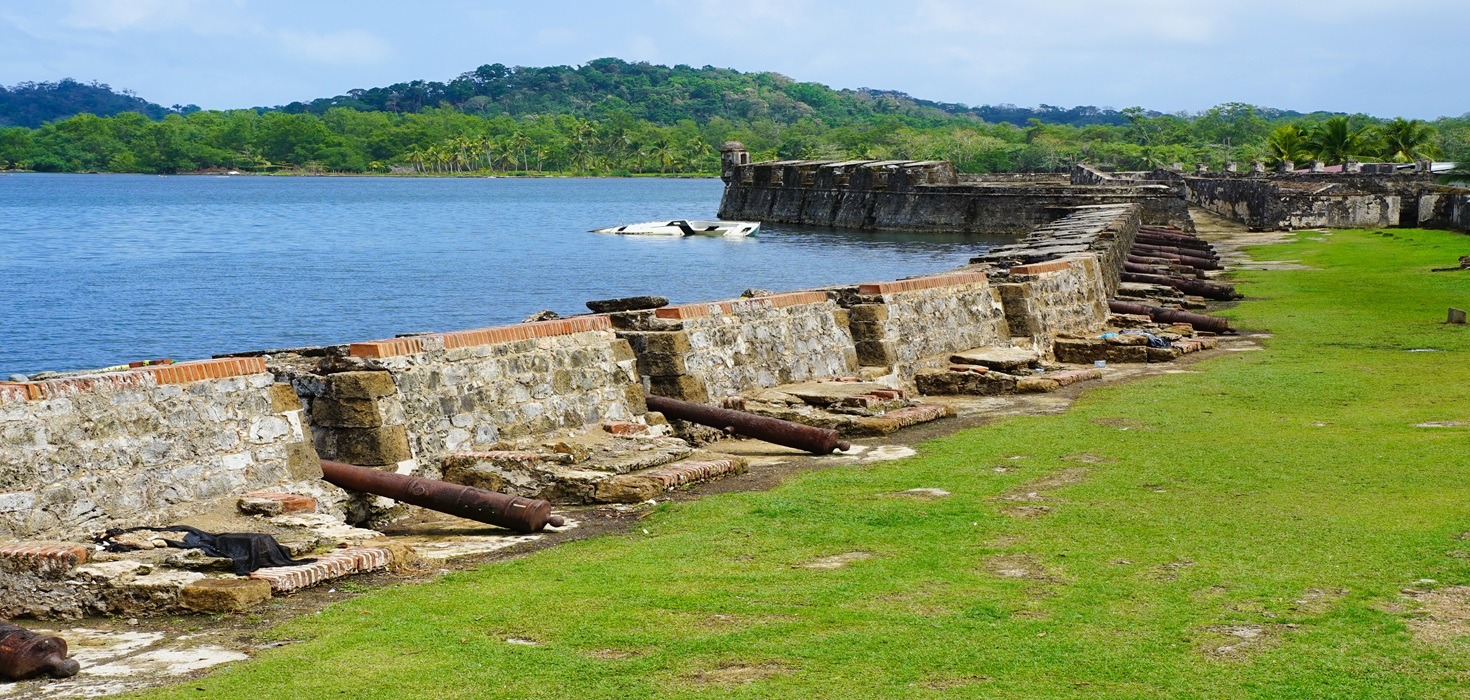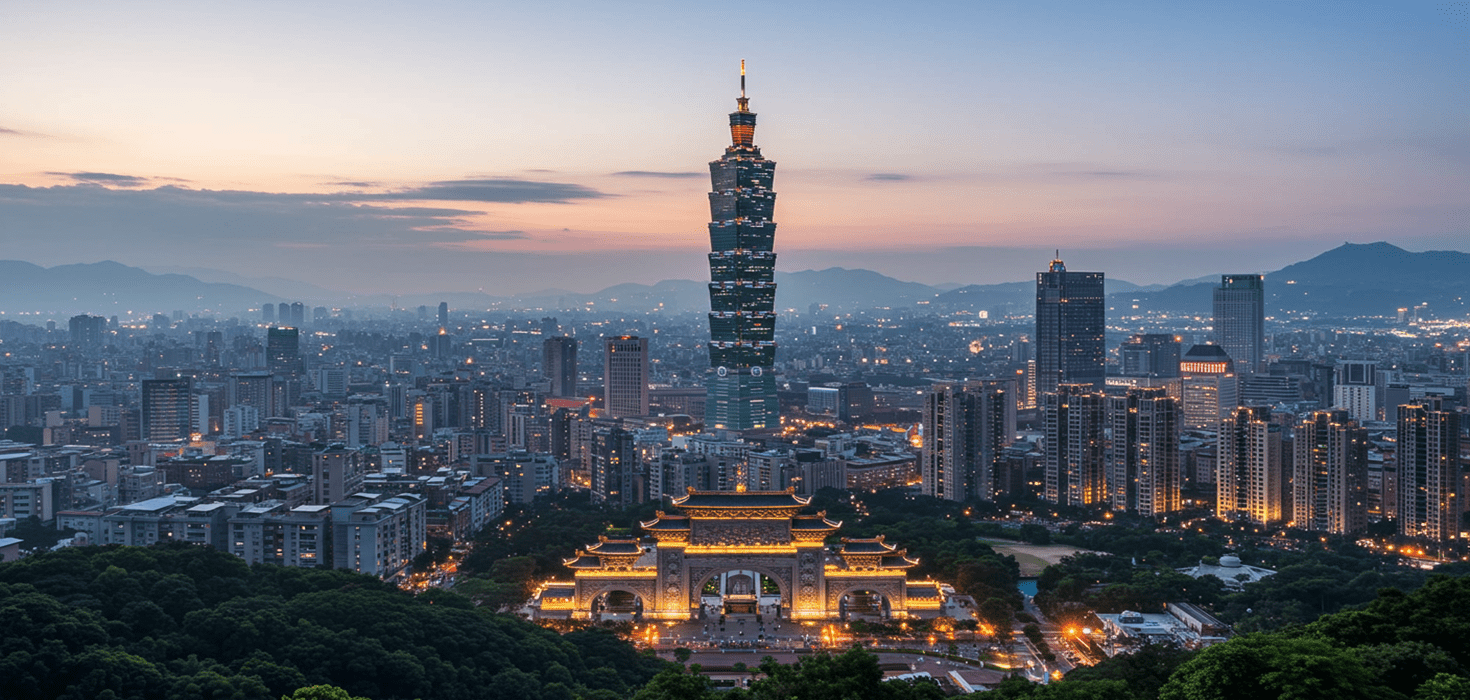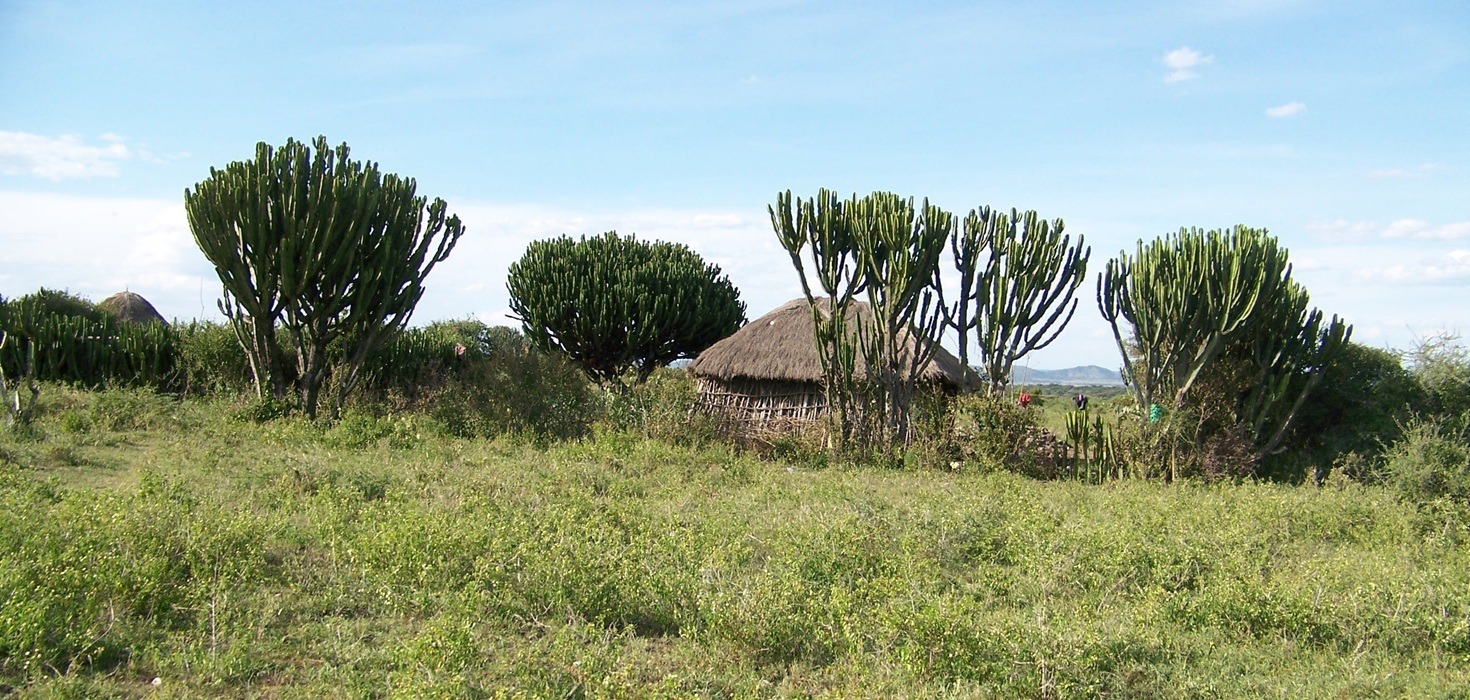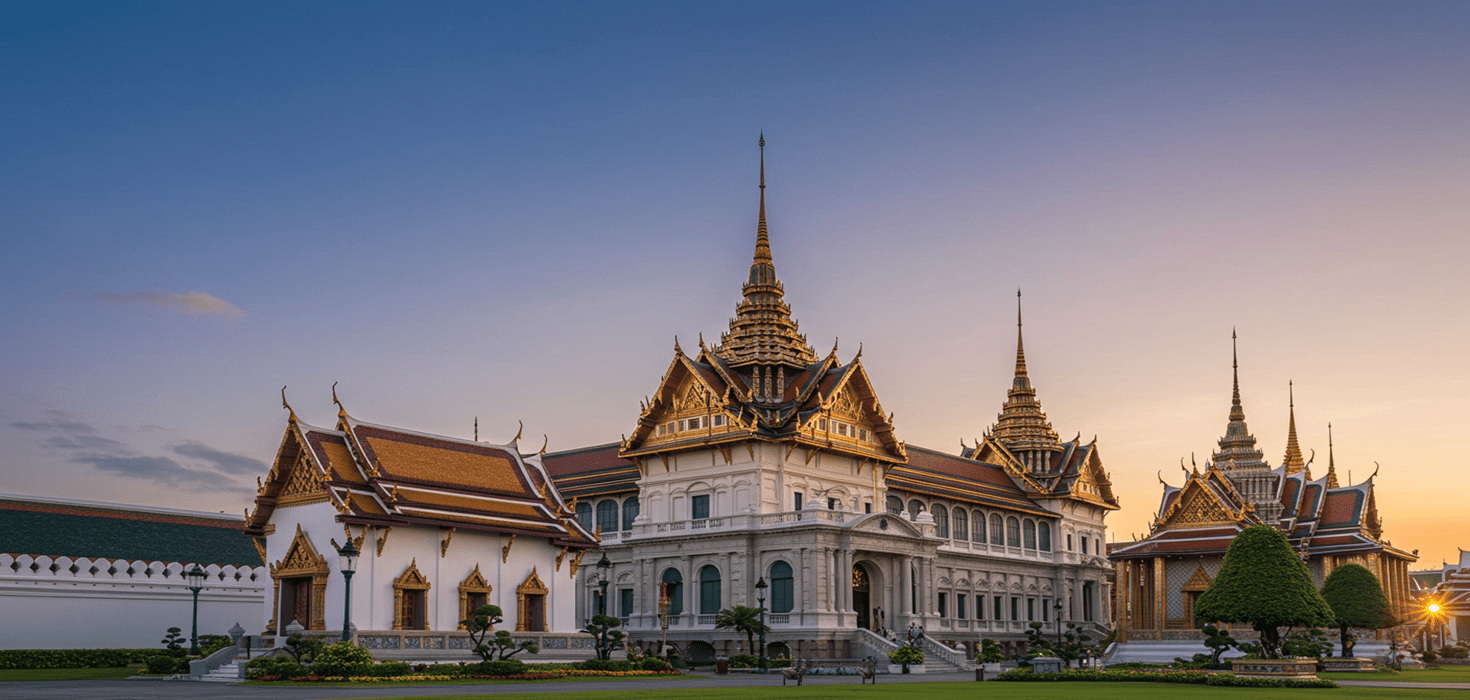Welcome to Vietnam, a land of vibrant culture, breathtaking landscapes, and, for food lovers, a culinary paradise. From the bustling streets of Hanoi to the tranquil waters of the Mekong Delta, Vietnamese cuisine offers an array of flavors, textures, and aromas that are sure to delight your senses. In this guide, we’ll take you on a flavorful journey through Vietnam, exploring its traditional dishes, street food, and unique culinary practices.
Overview of Vietnamese Cuisine
Vietnamese cuisine is characterized by its use of fresh ingredients, minimal use of dairy and oil, complementary textures, and reliance on herbs and vegetables. The balance of five fundamental taste elements (spicy, sour, bitter, salty, and sweet) is a key characteristic of Vietnamese food.
Influenced by several factors including its tropical climate, geography, and historical connections with China and France, Vietnamese cuisine has developed into a diverse and rich culinary tradition. Whether it’s a comforting bowl of pho noodles in the morning or a crisp banh mi sandwich for lunch, each dish tells a story of Vietnam’s heritage and culture.
Regional Flavors of Vietnam
One of the most intriguing aspects of Vietnamese cuisine is its regional diversity. While the foundation may remain the same, each region has its unique take on Vietnamese food:
North Vietnam
Known for its subtle flavors and light use of spices, Northern Vietnamese cuisine often features dishes that are less spicy and sweet compared to other regions. Hanoi is famous for its pho noodles, a delicious soup consisting of broth, rice noodles, and meat, usually chicken or beef. Other notable dishes include bun cha (grilled pork with noodles) and cha ca La Vong (turmeric fish with dill).
Central Vietnam
The central region, including cities like Hue and Hoi An, is famous for its rich and spicy dishes. The former imperial capital, Hue, is known for its royal cuisine, exemplified by dishes like bun bo Hue (spicy beef noodle soup) and various types of intricately prepared small plates known as banh. Hoi An, on the other hand, offers delicious street food such as cao lau (noodles with pork and greens) and com ga (chicken rice).
South Vietnam
Southern Vietnamese cuisine tends to be sweeter and richer, with a liberal use of herbs, lemongrass, and coconut milk. Ho Chi Minh City (formerly Saigon) is the place to savor the best banh mi sandwiches, goi cuon (fresh spring rolls), and a variety of seafood dishes. The street food culture here is vibrant, offering a mix of traditional Vietnamese flavors and modern culinary innovations.
Iconic Dishes of Vietnamese Cuisine
Vietnamese cuisine is diverse and abundant, with some dishes standing out as quintessential representations of the country’s culinary heritage. Here are some iconic Vietnamese dishes that you absolutely must try:
Pho Noodles
Pho is perhaps the most famous Vietnamese dish internationally. This flavorful noodle soup is typically made with either beef (pho bo) or chicken (pho ga), alongside a fragrant broth, rice noodles, and an array of fresh herbs such as basil, cilantro, and bean sprouts. It’s usually served with a side of lime, chili, and hoisin sauce.
Banh Mi Sandwich
This French-inspired Vietnamese sandwich is a perfect blend of Western and Eastern culinary traditions. The banh mi consists of a crusty baguette filled with a variety of ingredients like pork, paté, pickled vegetables, cilantro, and chili. It’s a popular street food item and a quick, delicious meal on the go.
Spring Rolls
There are two main types of spring rolls in Vietnamese cuisine: fresh spring rolls (goi cuon) and fried spring rolls (cha gio). Goi cuon are made with rice paper wrapped around a combination of shrimp, herbs, pork, rice vermicelli, and vegetables. Cha gio, on the other hand, are deep-fried to crispy perfection, making them a delightful appetizer.
Cha Ca La Vong
This unique dish, also from Hanoi, features fish marinated in turmeric and dill, then grilled to perfection. Known as cha ca La Vong, it’s served sizzling on a skillet with a side of rice noodles, peanuts, green onions, and a variety of herbs. The combination of flavors is extraordinary and a must-try for seafood lovers.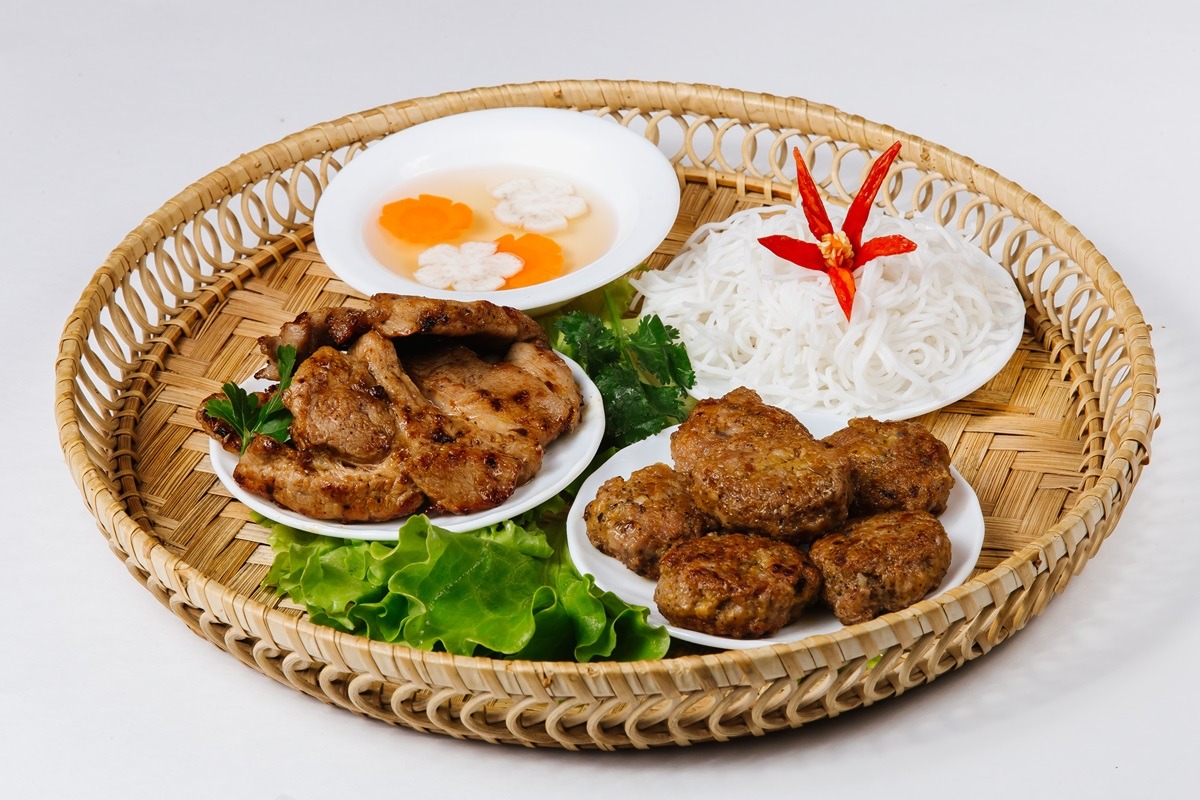 Bun Cha
Bun Cha
Hailing from Hanoi, bun cha is a dish made of grilled pork (both meatballs and slices) served over a bed of vermicelli noodles with a side of fresh herbs and dipping sauce. It’s typically enjoyed with a plate of leafy greens and pickled vegetables. This dish gained international fame when former U.S. President Barack Obama dined on it during his visit to Vietnam.
Street Food Culture in Vietnam
Street food is a vital aspect of Vietnamese culinary culture. The bustling markets and street vendors offer an authentic dining experience and a taste of the local lifestyle. From savory snacks to hearty meals, the variety of street food in Vietnam is immense. Here are some street food highlights you shouldn’t miss:
Hue: Bun Bo Hue
Bun bo Hue is a spicy beef noodle soup from the central city of Hue. It’s distinctive because of its spicy broth, which is flavored with lemongrass and shrimp paste. The soup is often accompanied by slices of beef, pork knuckle, and sometimes congealed pig’s blood. This dish reflects the rich and bold flavors typical of Central Vietnamese cuisine.
Ho Chi Minh City: Banh Xeo
Banh xeo is a crispy pancake made from rice flour, turmeric, and coconut milk, filled with pork, shrimp, and bean sprouts. It’s served with a plate of fresh lettuce, herbs, and a tangy dipping sauce. This dish is a popular street food in Ho Chi Minh City and showcases the southern region’s love for bold, complex flavors.
Hanoi: Egg Coffee (Ca Phe Trung)
Surprisingly, one of the most famous street food items in Hanoi is a drink, not an actual dish. Egg coffee, or ca phe trung, is a unique Hanoi specialty that combines robust Vietnamese coffee with a creamy, frothy mixture of whipped egg yolk and sweetened condensed milk. The result is a rich, indulgent beverage that’s both a caffeine fix and a sweet treat.

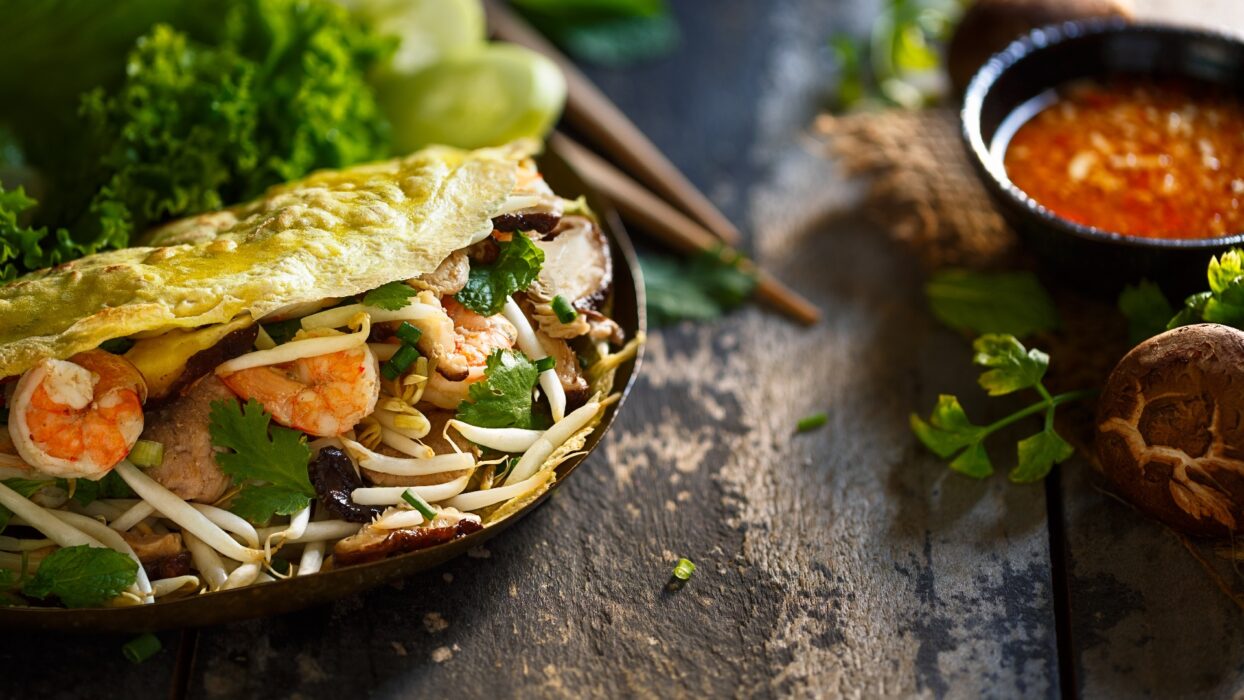

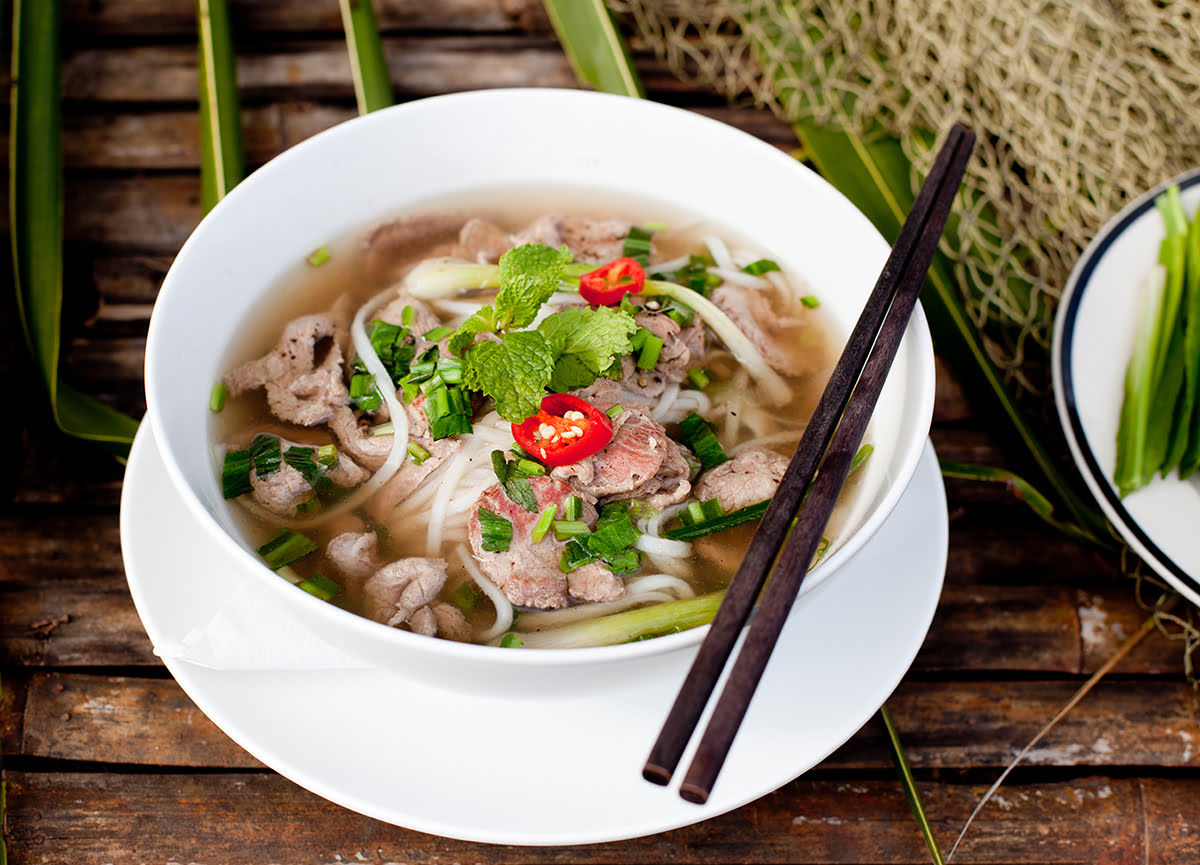
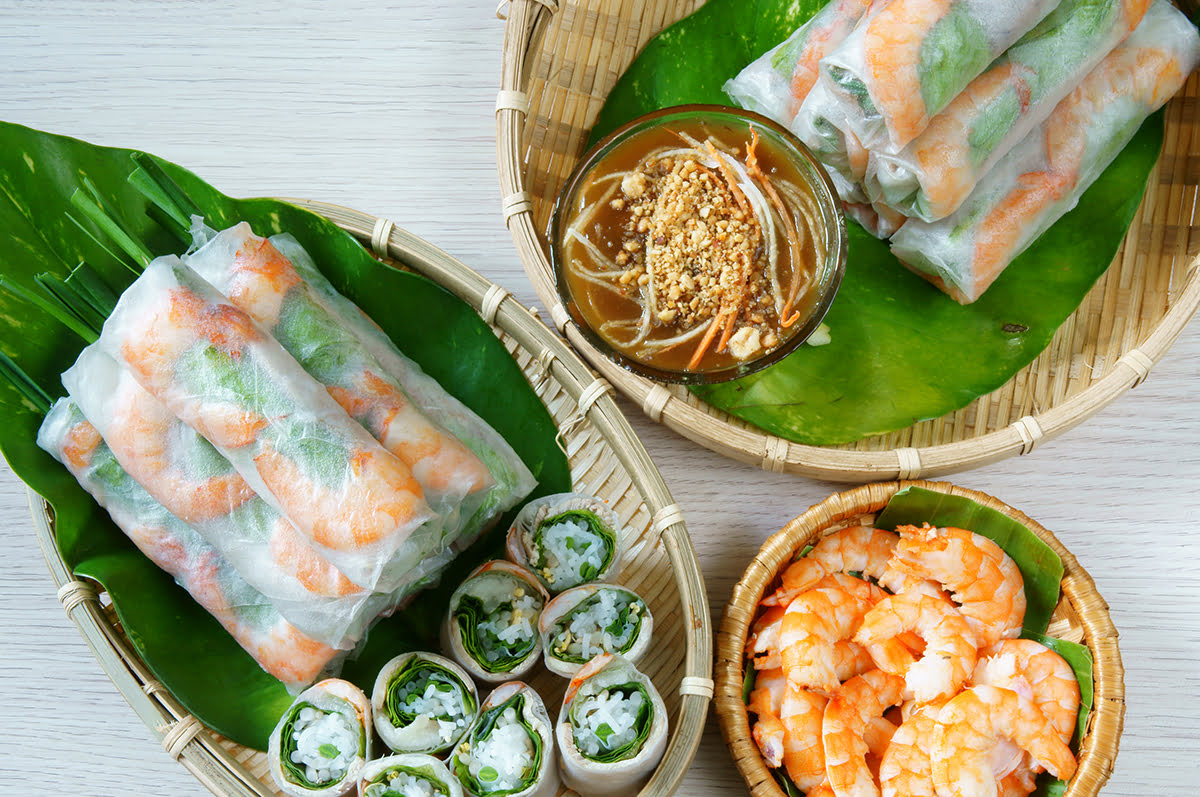
 Bun Cha
Bun Cha